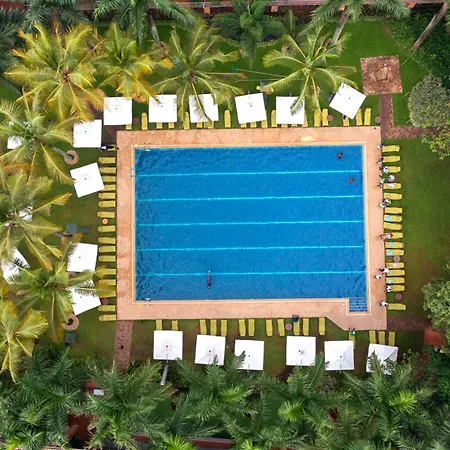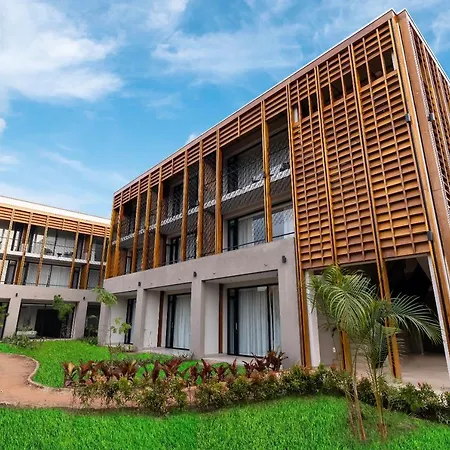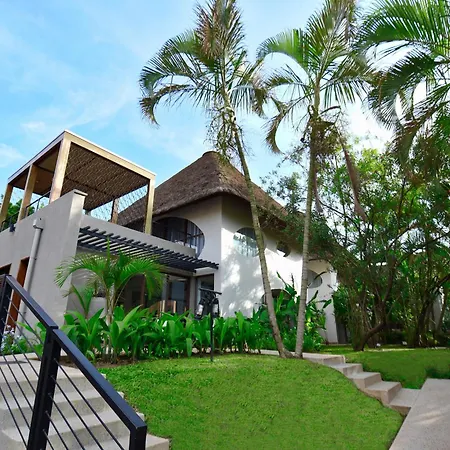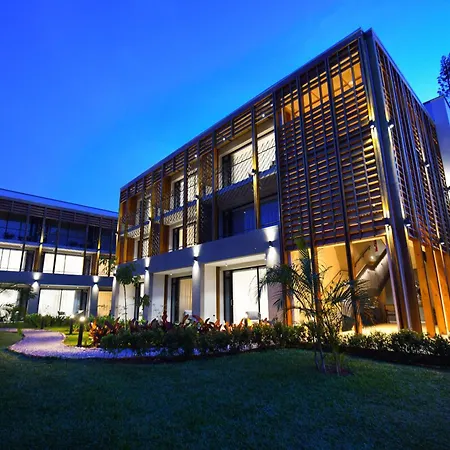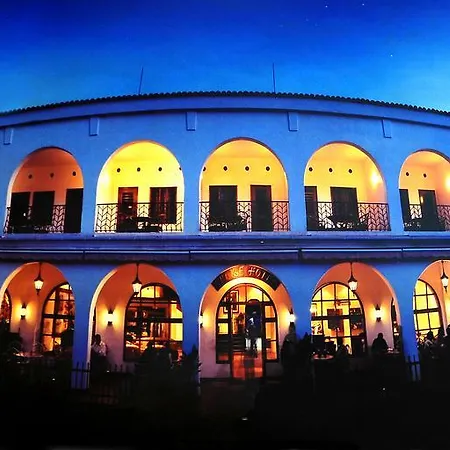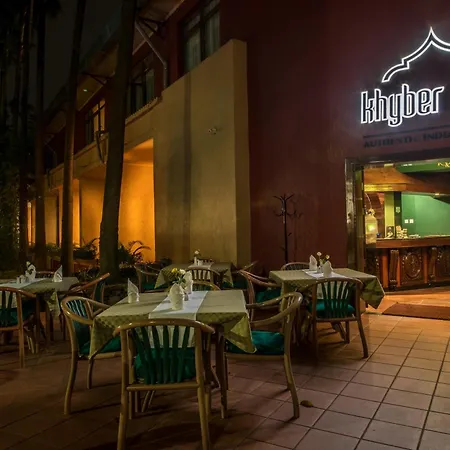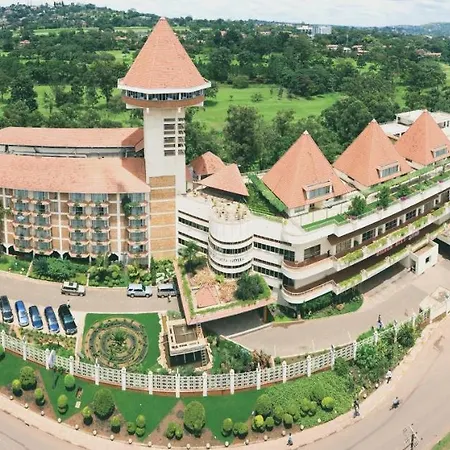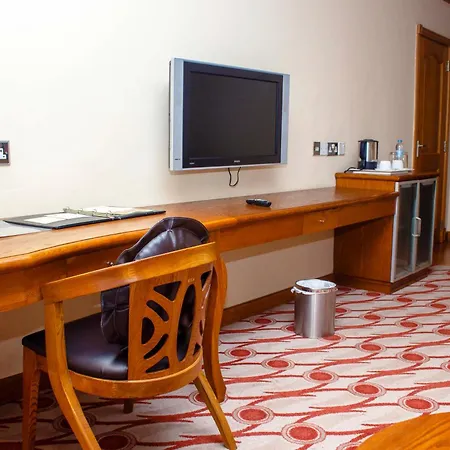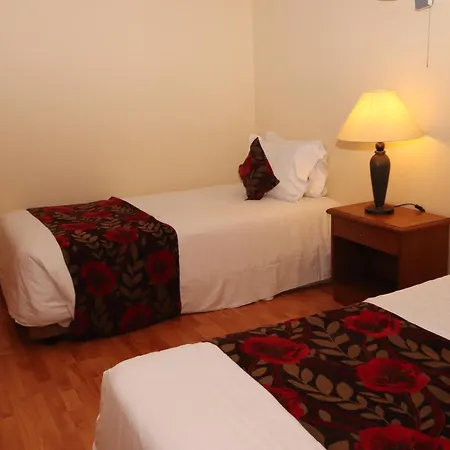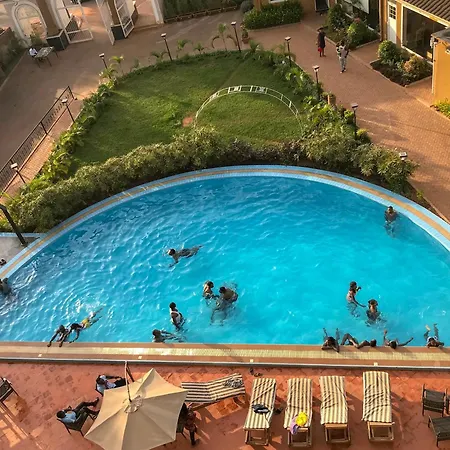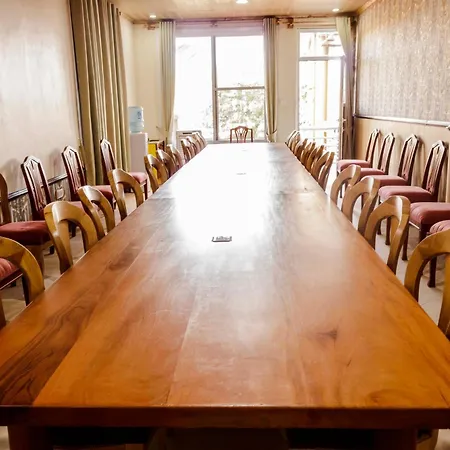St. Luke's Church of Uganda
Check Availability
Spiritual Heritage at St. Luke's Church of Uganda
As one of the key landmarks in Kampala, St. Luke's Church of Uganda serves as a central worship space for many locals. Founded in the 1950s, it reflects the growth of Christianity in Uganda.
The church was established under the Church of Uganda and holds deep cultural significance for the community. Its architecture features a blend of traditional and modern styles, characterized by its distinctive bell tower and stained glass windows. The church actively engages in various community outreach programs, connecting spirituality with social responsibility.
Noteworthy Features
🔔 Historical Architecture: The church's design showcases a mix of classic and contemporary elements.
📖 Community Engagement: Regular programs support local education and social initiatives.
🎶 Active Worship: The church hosts vibrant music and cultural events throughout the year.
Visitors will find St. Luke's Church of Uganda accessible, with no admission fee, making it a welcoming space for tourists, families, and historians alike.
Interesting Facts about Natural History Museum St. Luke's Church of Uganda
Foundation Year
St. Luke's Church of Uganda was established in the 1950s, marking a vital period in the spread of Christianity in Uganda.
Architectural Style
The church features a unique architectural design that combines both traditional Ugandan and modern elements.
Community Events
The church hosts various community activities, including educational programs and cultural events, fostering local engagement.
Location
Stay Near St. Luke's Church of Uganda Best Hotels
Address
View mapNtinda (Ntinda Rd)
Opening Hours
Friday:
9:00 AM–5:00 PM
Monday:
9:00 AM–5:00 PM
Saturday:
9:00 AM–5:00 PM
Sunday:
8:00 AM–12:00 PM
Thursday:
9:00 AM–5:00 PM
Tuesday:
9:00 AM–5:00 PM
Wednesday:
9:00 AM–5:00 PM
Contact Information
Price
Free. Donations for community programs are welcome.
Average Visit Duration
Duration: About 1 hour.
Best Time to Visit
Weekday mornings (9:00 AM–11:00 AM) are optimal for fewer crowds.
